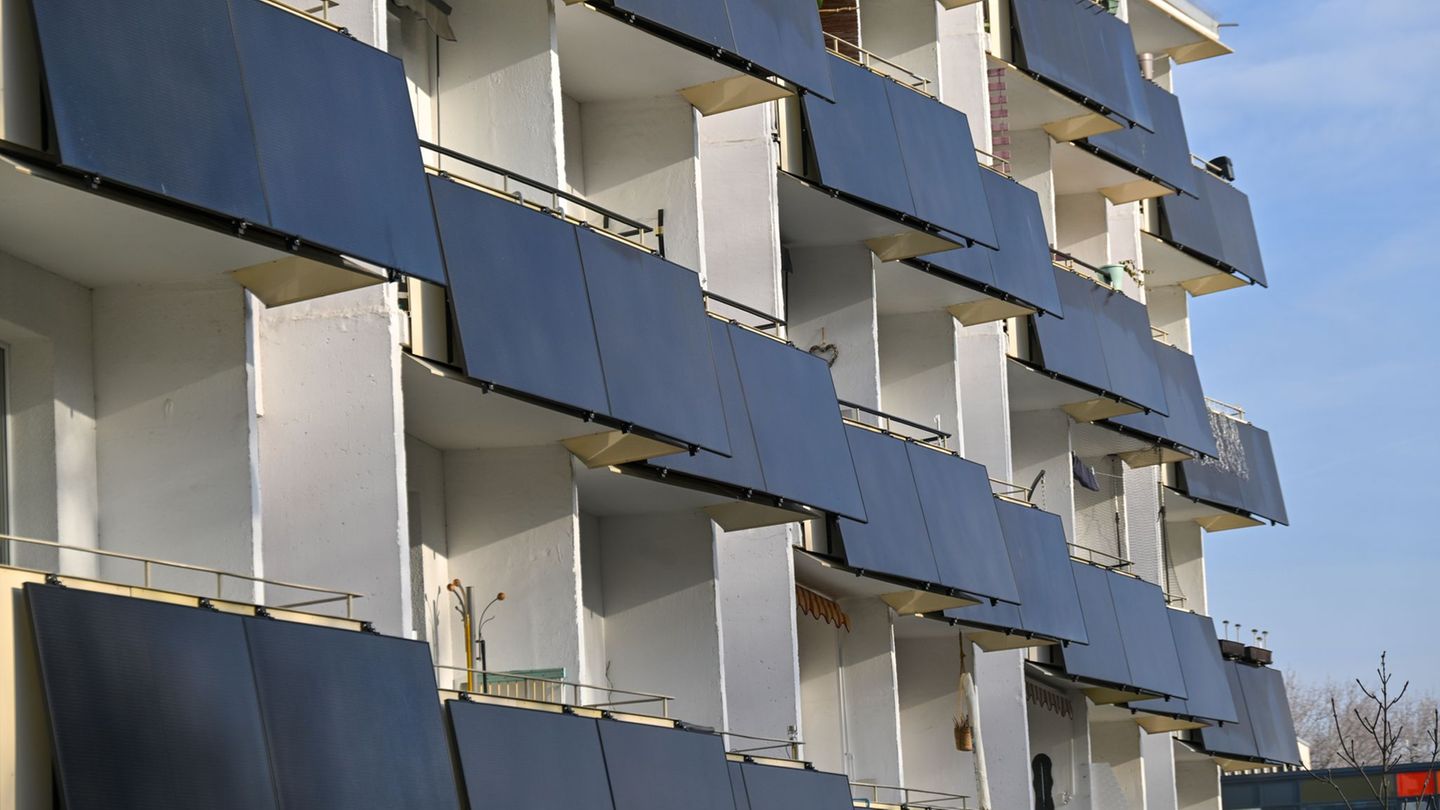Menu
Solar energy: one million balcony power plants | Stern.de
Categories
Most Read
Lager beer “Bud” is available again in Germany after more than ten years
October 22, 2025
No Comments
ChatGPT: OpenAi introduces new browser with AI bot
October 22, 2025
No Comments
Housing: Rent increases on real estate portals are slowing down
October 22, 2025
No Comments
Beer brand: World’s largest brewer sells “Bud” again in Germany
October 22, 2025
No Comments
Survey: Many people buy Advent calendars for themselves
October 22, 2025
No Comments
Latest Posts

Automotive supplier: Rescue plan for Webasto in the clear
October 22, 2025
No Comments
Auto supplier Rescue plan for Webasto in the clear Copy the current link Add to watchlist The supplier, known for its car roofs and parking

Romeo Beckham: Is he back together with Kim Turnbull?
October 22, 2025
No Comments
Lisa HarrisI am an author and journalist who has worked in the entertainment industry for over a decade. I currently work as a news editor

War against Ukraine: Parts of Ukraine without power after Russian airstrike
October 22, 2025
No Comments
IvanI have been working in the news industry for over 6 years, first as a reporter and now as an editor. I have covered politics
24 Hours Worlds is a comprehensive source of instant world current affairs, offering up-to-the-minute coverage of breaking news and events from around the globe. With a team of experienced journalists and experts on hand 24/7.

